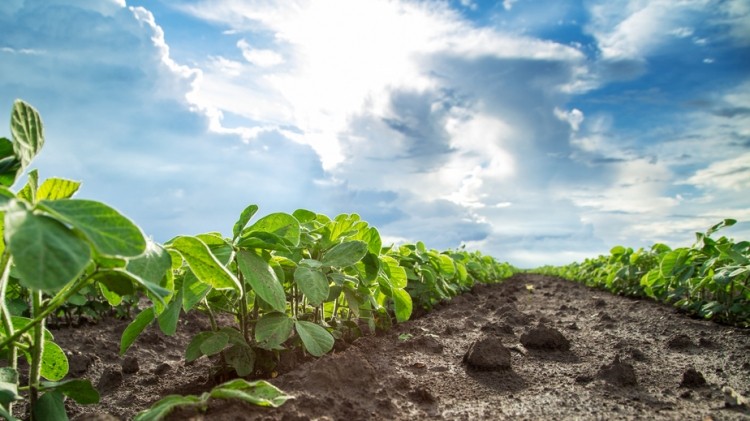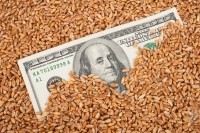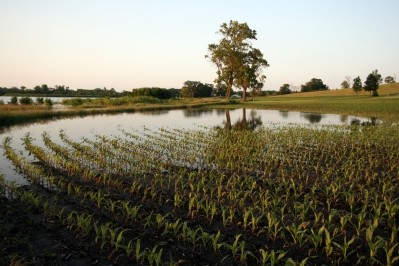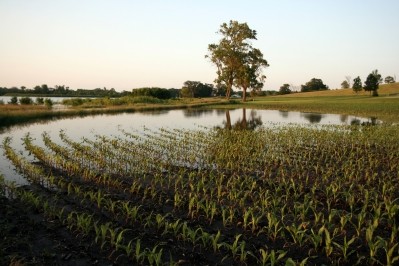US heatwave doesn’t warm feed crop market

The heatwave is bringing temperatures that could have posed a threat to crop conditions, but it comes after precipitation and is not expected to linger, said Chad Hart, associate professor of economics, crop markets specialist and extension economist at Iowa State University.
“This heat wave coming up it will be hot enough; if it were going to stick around it could have an impact, but the forecast I’m seeing in the Midwest [is that] we’re going to see two to three days of very hot weather,” he told FeedNavigator. “We’re going in with plenty of moisture and, if you look three days from now, more precipitation along with more regular temperatures. This heat wave is probably not going have a lot of impact.”
Additionally, details released in the most recent crop progress report from the US Department of Agriculture (USDA) show crops remaining in good condition and slightly ahead of past growing schedules.
Heat wave influence
Without the last round of rain, the impending heat could have had more of an influence on crop production, said Hart. Currently, feed crops remain on track for an average or above-average yield.
“Looking at the crop market you’ve seen the weather rally,” he said. “The weather concerns, we saw that in the spring and summer and they’ve all come back out [of prices] because of the crop conditions and favorable weather.”
Production quality has been strong for the last three years and this year may be better, said Hart.
The majority of the corn crop has been rated in good or excellent condition, said the USDA. About 19% is in excellent condition – an improvement from both past weeks, and last year at this time.
About 57% of the crop is considered in good condition, an improvement over the 52% rated good at this time last year, the agency said.
Similarly, the majority of the soybean crop is in good or excellent condition, reported the USDA. About 14% is in excellent condition and 57% in good condition.
Both are improvements over where the crop was at this point last year, said the USDA. Wisconsin at 29% and Tennessee at 25% have the highest excellent ratings for the soybean crop.
“From a feed prospect, if you’re a corn and soybean user, this is good,” said Hart. “It probably [means] lower prices in the future.”
Crop conditions, progress
The corn and soybean crops continue to be slightly ahead of where they were last year and where the crops usually are at this point in the growing season, said the USDA.
Corn silking is at about 56%, compared to an average of 46% and last year’s 47% for the week ending July 17, the agency said.
Soybeans blooming have reached 59% of the crop compared with 51% at this point last year and a multi-year average of 49%, the agency said. About 18% of the crop also has started to set pods, as opposed to 14% last year and an average of 13%.
Planting for corn started earlier this year in many states, and production has stayed ahead of schedule, said Hart. “We’ve been hitting everything about a week ahead and that that usually bodes well. We like to be ahead at this point,” he added.
However, producers will now be looking for the process to slow down through the grain fill period and for cooler temperatures, especially at night, he said. Warmer night temperatures, especially in August could have a negative influence on production or yield.













